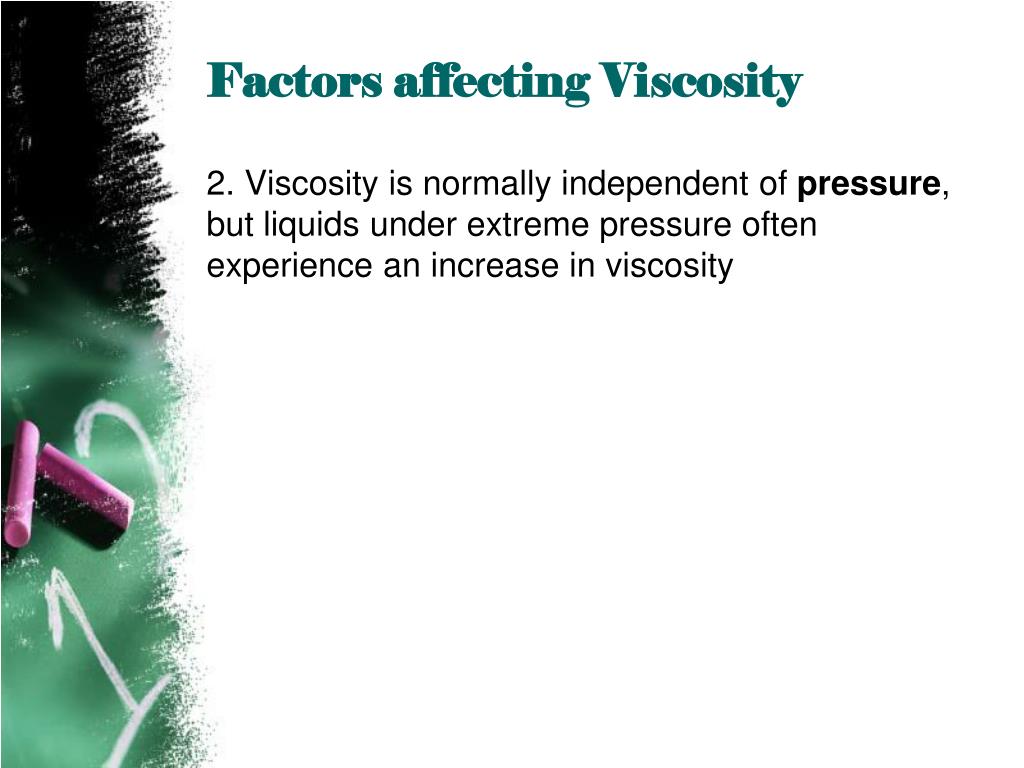

For two components (a and b), the fluidity of a solution of a and b is: The concept of fluidity can be used to determine the viscosity of an ideal solution. Fluidity is seldom used in engineering practice. The reciprocal of viscosity is fluidity, usually symbolised by φ (=1/μ) or F (=1/η), depending on the convention used, measured in reciprocal poise ( cm The dynamic viscosities of liquids are typically several orders of magnitude higher than dynamic viscosities of gases.Ī Data from CRC Handbook of Chemistry and Physics, 73rd edition, 1992-1993.įluids with variable compositions, such as honey, can have a wide range of viscosities.Ī more complete table can be found here Can solids have a viscosity? Viscosity tends to fall as temperature increases (for example, water viscosity goes from 1.79 cP to 0.28 cP in the temperature range from 0 ☌ to 100 ☌) see temperature dependence of liquid viscosity for more details.Viscosity is independent of pressure (except at very high pressure) and.This leads to an additional contribution to the shear stress though the exact mechanics of this are still controversial. In liquids, the additional forces between molecules become important. Viscosity is independent of pressure and *Viscosity increases as temperature increases.The kinetic theory of gases allows accurate prediction of the behaviour of gaseous viscosity, in particular that, within the regime where the theory is applicable: Viscosity in gases arises principally from the molecular diffusion that transports momentum between layers of flow. 3.1.1 Viscosity (dynamic viscosity): μ, and so if ν=1 St then.


 0 kommentar(er)
0 kommentar(er)
